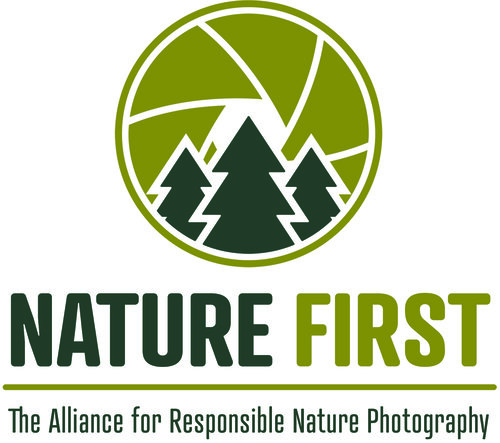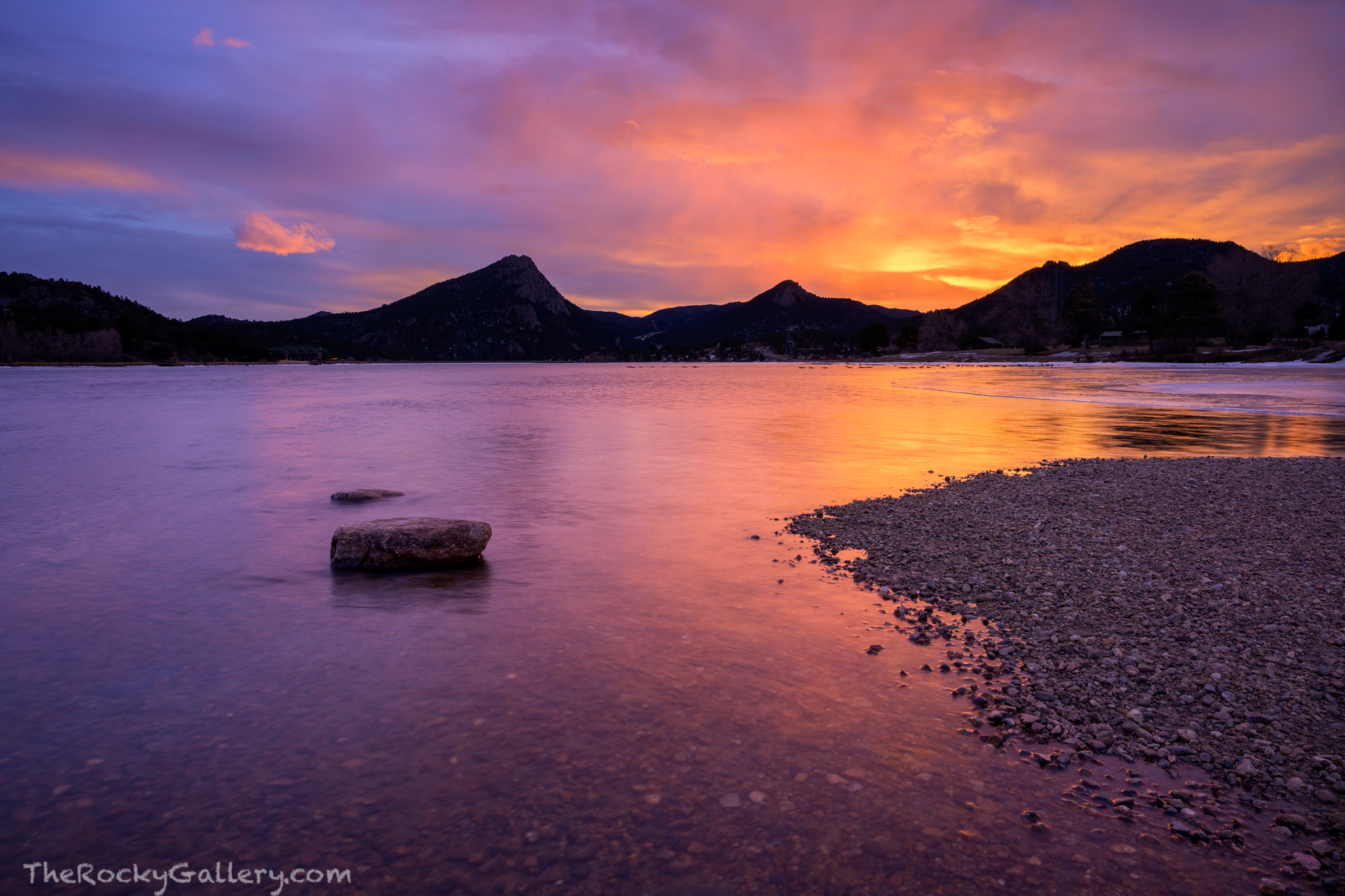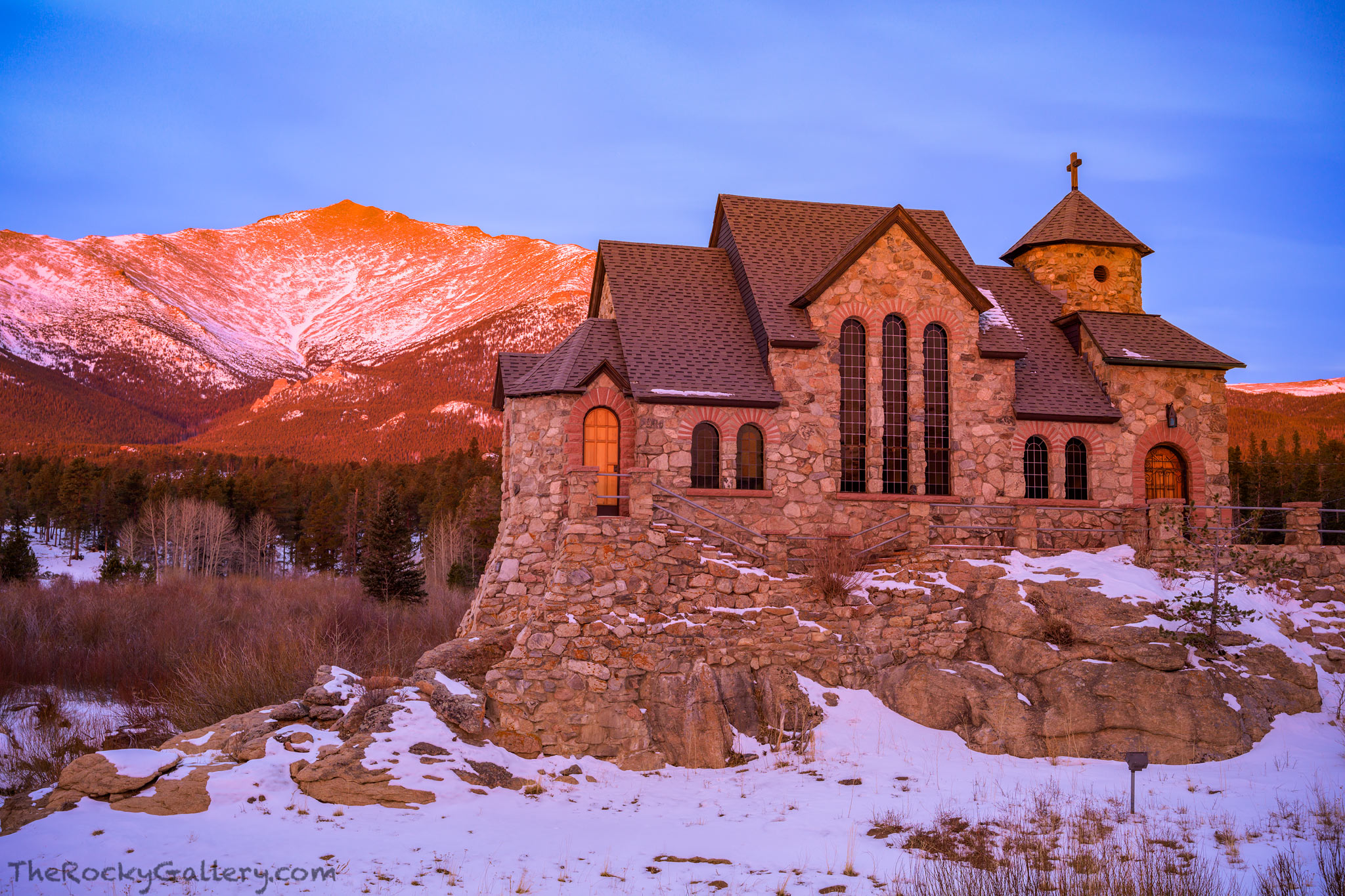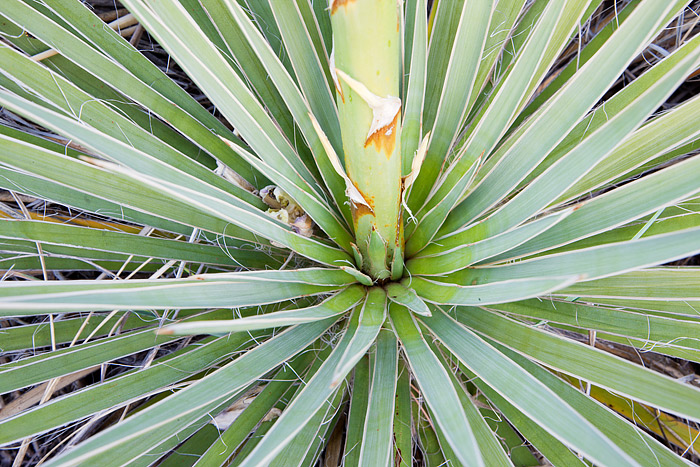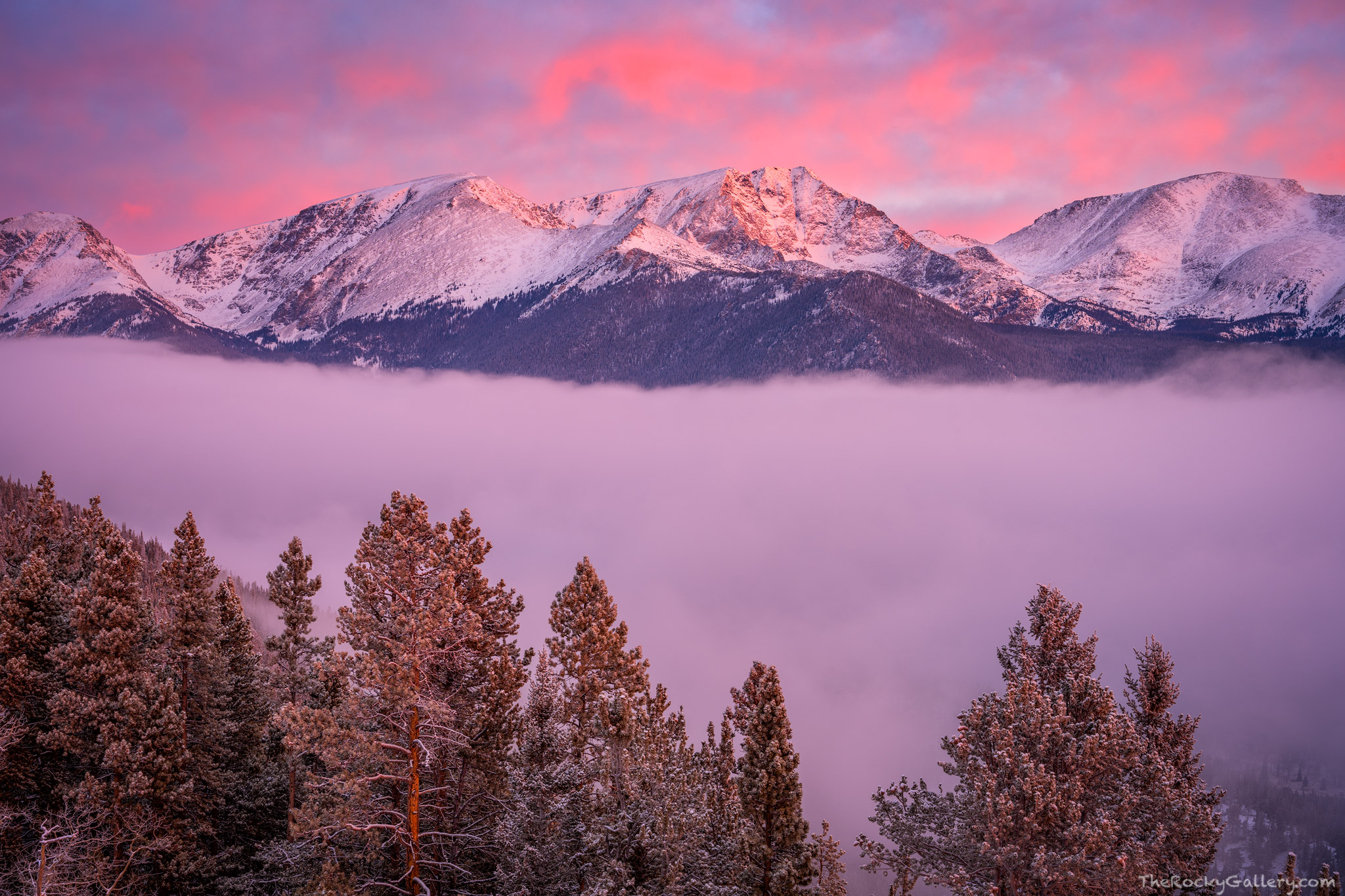
106 years ago today, President Woodrow Wilson signed into law the Rocky Mountain National Park Act protecting and creating Rocky Mountain National Park. It was the culmination of years of hard work and dedication by people like Enos Mills who fought so hard to make sure the place we now call Rocky Mountain National Park would be protected and accessible for generations of people to visit and enjoy.
With snow falling on the park last night, I was up and out the door early hoping to capture something interesting with my camera. I’d be lying to you if I said we have had lots of good opportunities for sunrise and sunsets this winter with lots of fresh snow on the mountains. Truth is, Colorado and the Front Range have been very dry since the fall and decent snow has been few and far between the past few months. Hopefully the pattern is changing as we are desperately in need of some moisture here in Colorado. Selfishly, snow and unsettled weather also makes for a lot more interesting photography as well.
Snow was falling lightly as I passed through the Beaver Meadows entry long before dawn. I was hoping for a possible inversion or some breaks in the cloud cover around sunrise. About 2 inches of snow had fallen over night, just enough to coat the pines and landscape with something other than the mostly brown grass we’ve been plaque with since the autumn. I checked the cloud layer as I always do trying to figure out just how high up the inversion was and whether I would be able to possibly get above it either by driving Trail Ridge Road to the winter closure point at Many Parks Curve, or throw on spikes and hike up Flattop Mountain.
With the thermometer on my truck in the single digits, I took the easy way out and headed up to Many Parks Curve as opposed to hiking up Flattop Mountain to see if I could get a better feel for how high up the inversion was.
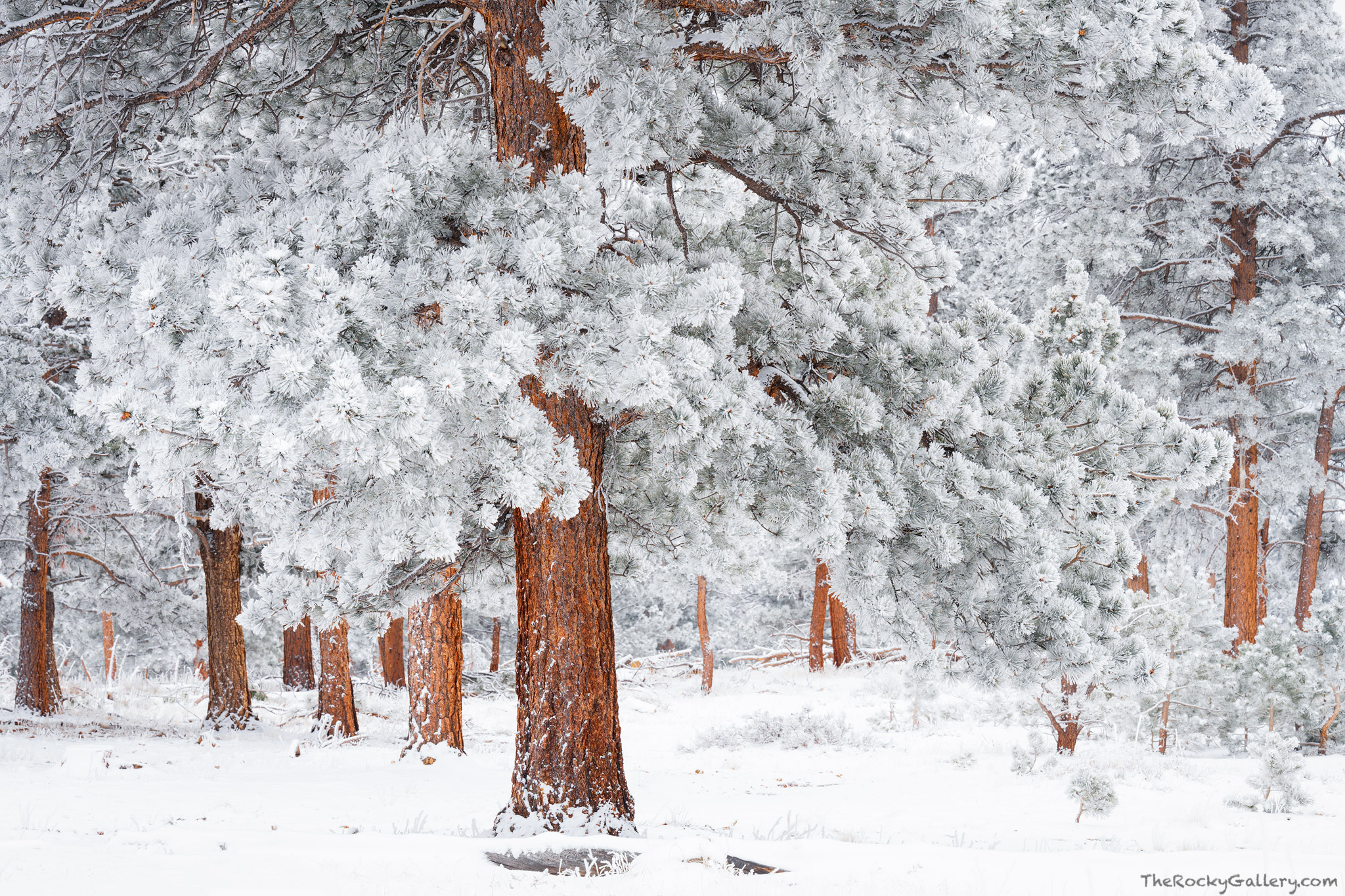
I have a few spots along Trail Ridge Road when its closed in winter that I like to shoot the Mummy Range from. I settled on one about .5 miles up from the gate and watched as I could see a burst of color begin to form to the east. There were lots of clouds in the sky and fog below in Hidden Valley so it wasn’t a for sure bet that I would see any color or sunlight over the Mummy Range.
Perched up on a high hillside trying to stay warm I watched as the inversion stayed low enough so as not to block the mountains and the skies over Chiquita, Chapin, Ypsilon and Fairchild started to glow pink and magenta. The light show lasted all of 5 or 6 minutes before the clouds obscured the sun again and I packed up and headed back down to find other subjects to photograph.
106 years after its creation, the area that we now know of as Rocky Mountain National Park continues to give. Even on its own birthday, it would be hard to ask for a much better place in all of Colorado to get out and photograph sunrise on this cold January morning. Happy Birthday Rocky Mountain National Park and as always, thanks for all the great memories and experiences over the years!.

